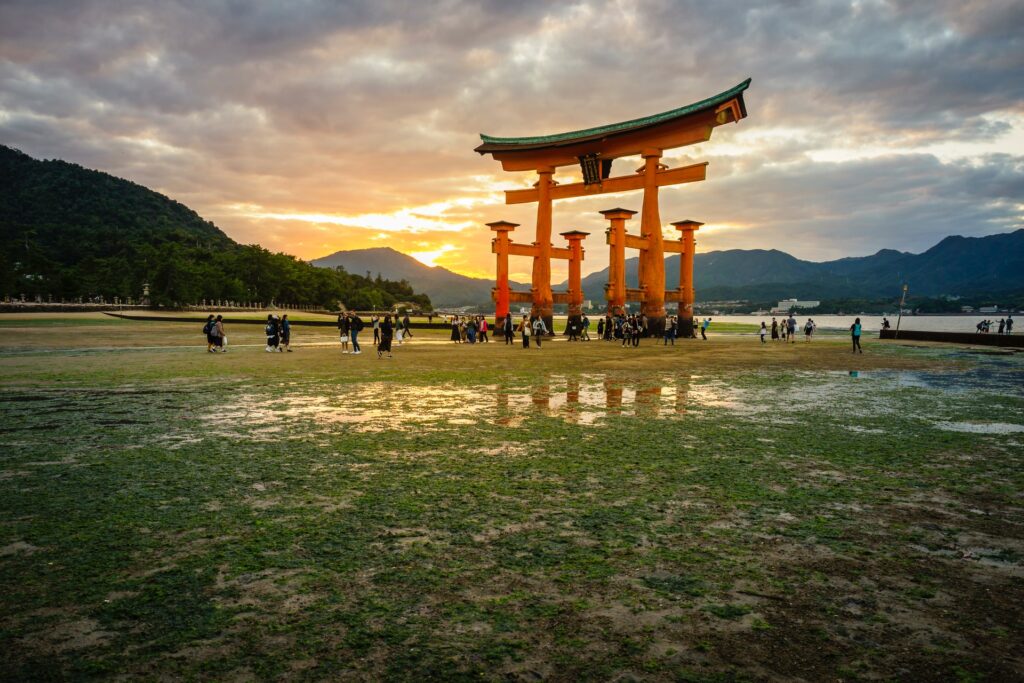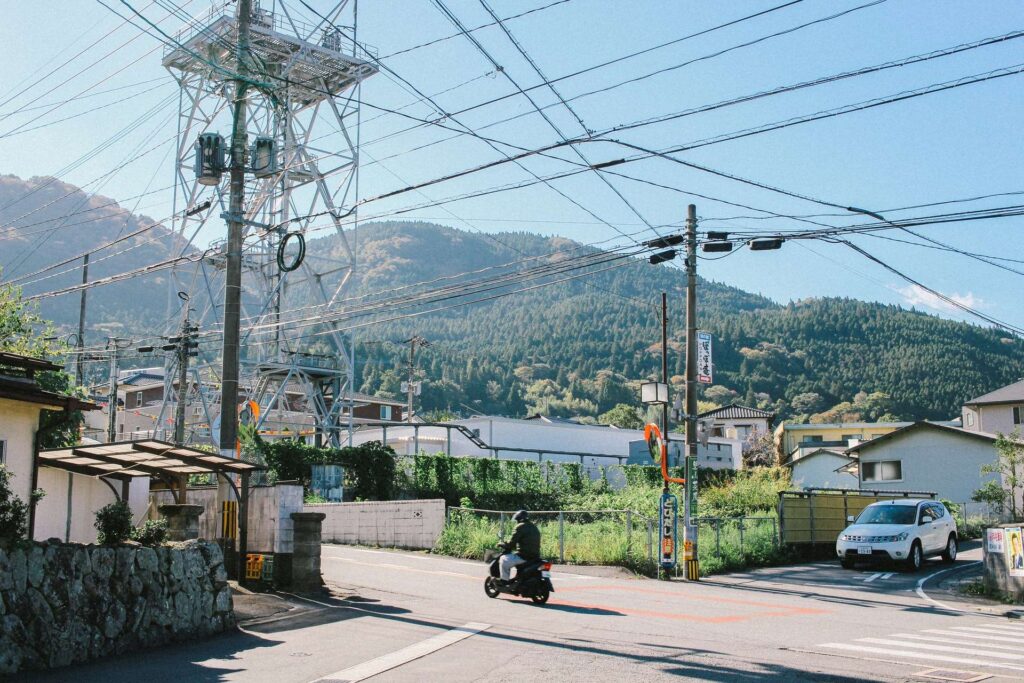This week saw Japan finally go ahead with its plan to release water from the Fukushima power plant into the sea. It is the next stage of the story following the 2011 earthquake and subsequent tsunami that damaged the reactors of the plant.
Since the incident some 12 years ago; water, used for cooling the reactor fuel, has built up in on-site storage containers where it has been repeatedly processed and diluted to remove as much nuclear material — mostly a substance called tritium — from its composition as possible. However traces of the substance remain.
The move to release the Fukushima water into the sea has caused some condemnation from marine and environmental groups as well as some countries, especially China. They claim that despite the plan being approved by the International Atomic Energy Agency (IAEA) the effects of even the small amount of tritium still present in the water may have unknown detrimental effects.
It is also dividing opinion within Japan itself, especially within the fishing community. As well as the potential environmental impact, a loss of reputation and the pushback on fish and seafood exports may negatively affect the industry.
China has already stated its intention to halt all Japanese food imports into the country. As well as this, people were asked their opinion on the matter at a recent food expo in Hong Kong where Japan had a large presence; while some attendees seemed unfazed by the decision, a number of participants stated their intention to avoid all Japanese seafood if the plans go ahead.
Is it safe?
Japan has stated that it is following all the guidelines set out by all the relevant governing bodies and ensures that the level of tritium entering the sea is negligible.
The World Health Organisation has a guideline for measuring the quality of water and the amount of radioactivity contained within at any point: measured in Bq/L also known as Becquerel, the usual limit is 10,000 Bq/L, the measure of radioactivity in the Fukushima treated water is approximately 1,500 Bq/L — well below the limit.
Not only does this suggest that it is being done with genuine care and consideration with scientific guidelines but the entire process is being spread out over the course of 30 years. The Japanese government has also vowed to monitor the levels during the process.
Scientific experts state that the Fukushima water release will pose no health risks to those that eat seafood.
Nathan


